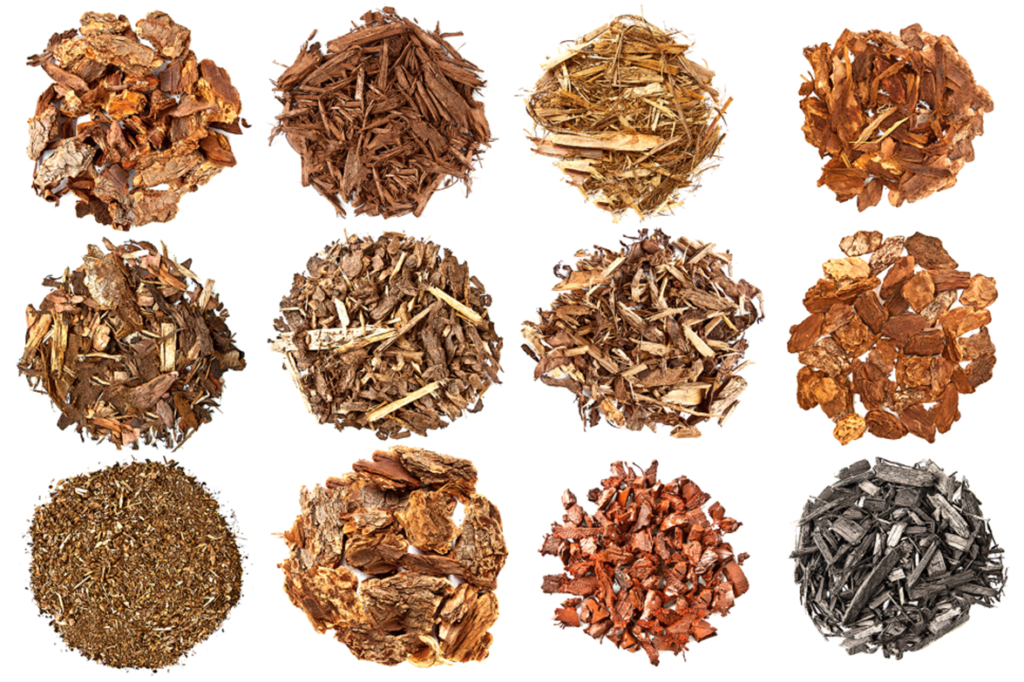Time to Tidy!
By Rachael Leverton
By October the garden can look a little tired: perennials collapse, leaves die back, and there’s debris everywhere. It can only mean one thing, clean up time. Cut Peonies, Leucanthemum, Nepeta, Del-phiniums, Hardy Geraniums, and Phlox back to ground level, but leave anything with orna-mental seed heads such as poppies, Alliums, and grasses. When the first frosts hit these plants will gain a new lease of life and add some sparkly architectural beauty to the gar-den. Leave more delicate perennials such as Pen-stemons with the top growth in place to pro-vide some winter protection. You can cut them back in the spring just before new growth occurs. Herbaceous perennials can be divided now and moved around to fill gaps in the border. Perennials can become congested and tired, and flower less as they age. Dig up the clump and break it up with a sharp spade, selecting the best, newer chunks from the outside to replant. The dying centre of the plant can be composted. Most plants need to be divided every three to five years but some more vigor-ous varieties like Achillea require it more often and others. The exception is Peonies, which hate any kind of disturbance. Leave them alone. Once the borders are cleared and plants have been relocated, it’s time to get rid of any weeds, which have flourished in the autumn sunshine. Then you can mulch using compost or leaf mould. Mulching helps to protect the more tender plants while improving the struc-ture of the soil and generally making things look neater. Make a layer around 3-4cms deep but don’t cover the centre crown of any plants.
Types of organic mulch
- Compost
- Bark
- Grass cuttings
- Composted manure
- Newspaper
- Shredded Leaves
- Straw

